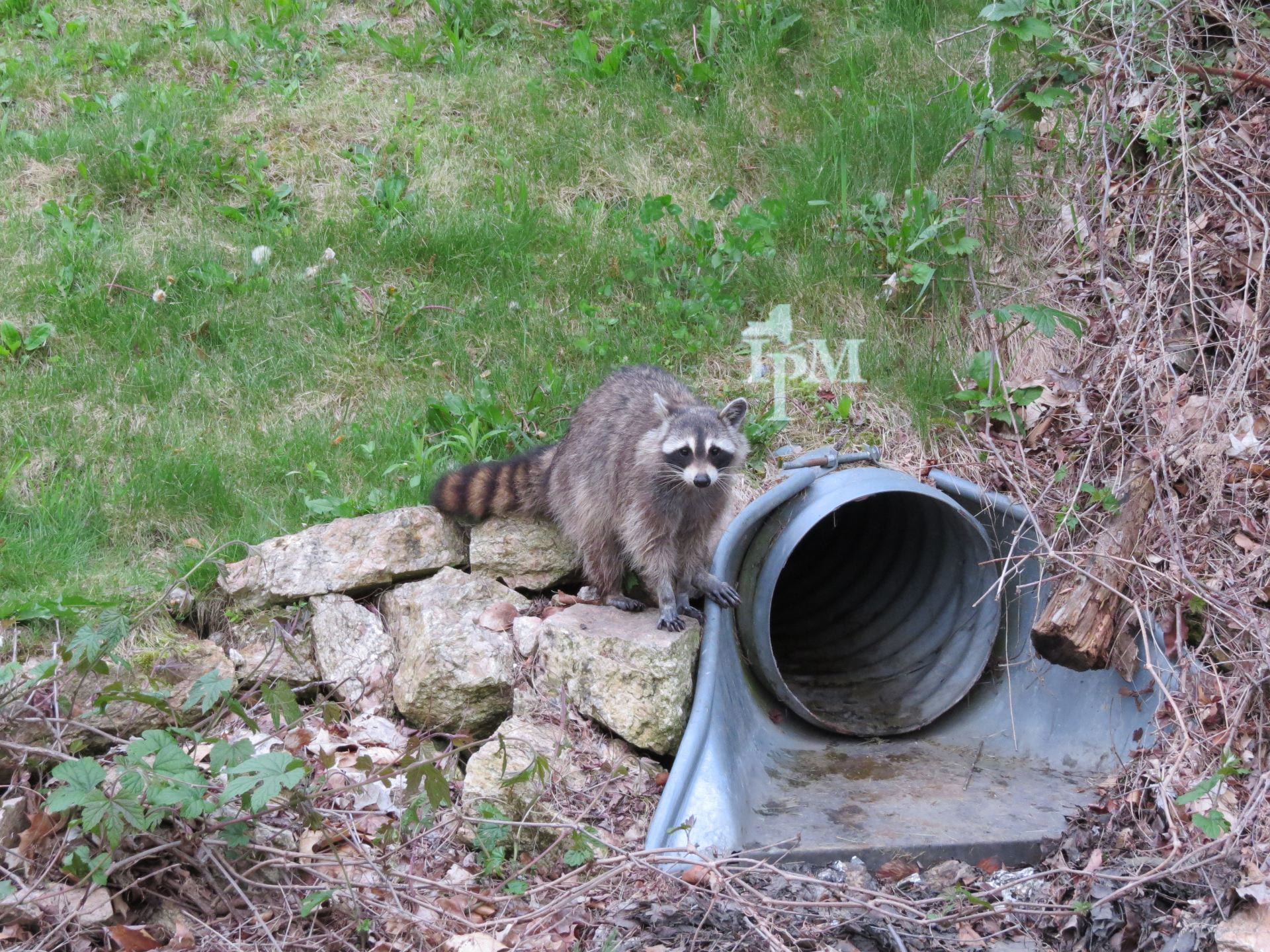Today we welcome back Lynn Braband, retired from our NYSIPM Program but still part of the ‘family’. Lynn’s career experience with wildlife management AND IPM led him to prepare blog posts that addressed the issues faced by wildlife managers in protecting properties while promoting wildlife. Can managing damage also benefit wildlife conservation?
In the next three blog posts, Lynn will address: Relevance to a changing society, motivation to preserve habitats and species, conflict with highly valued and economically important wildlife species, endangered species protection, and ecosystem integrity.
It was the first time that I had seen the look; it would not be the last. In 1986, I was starting a business in nuisance wildlife control and wished to place it on a foundation of the principles of wildlife biology. To stimulate my thinking, I attended a national conference on urban wildlife. When I described my plans to another of the meeting’s participants, I received the look. The look that communicates wildlife professionals are supposed to promote wildlife, not harass them. Thus was my introduction to what has become known as “wildlife damage management” or “human-wildlife conflict management” which can be defined as the timely use of a variety of cost-effective methods to reduce damage by wildlife to human interests (Scott Hgynstrom, University of Wisconsin). Cornell’s Dan Decker has described the goal of wildlife management as maximizing the benefits of wildlife while minimizing the costs of wildlife. Wildlife damage management (hereafter referred to as WDM) focuses on minimizing the costs. While WDM is often perceived as the “black hats” of the wildlife profession (showing up just to capture and destroy), wildlife management is crucial to the long-term conservation of the fauna.
Relevance to a diverse society
Image that you just observed a female raccoon followed by a litter of young walking through your back yard. How might you respond? Excited by seeing something wild and free? Thinking how cute they look and desiring to feed them? Fearful that they might be dangerous to your family’s health or damaging to your property? Individual responses to wild animals vary widely, reflecting an increasingly diverse society. In 1910, about 54% of the USA population was classified as rural by the U.S. Census Bureau (https://www.census.gov/content/dam/Census/library/publications/2016/acs/acsgeo-1.pdf ). By 2010, this was reduced to less than 20% with less than 2% engaged in making their living (such as farming) directly from natural resources. Studies (as Kellert 1980 and Manfredo et al. 2018) have shown that these changing demographics have been associated with changing societal attitudes toward nature in general and wild animals in particular. Public agencies and educational institutions must be prepared to meet the needs and desires, including wildlife damage issues, of an increasingly diverse society.
Motivation to preserve habitat and species
Most of the land in the USA is privately owned. Landowners need to have practical and effective assistance in dealing with situations when wildlife come in conflict with their interests. Otherwise, they may take measures to reduce both wildlife habitat and wildlife, including endangered species, on their property.
Conflicts among wildlife species and ecosystem integrity
Some wild animals, usually ecological generalists, have adapted well to our human-dominated landscapes and are thriving. These species often put pressure on more specialized animals and plants, including legally endangered species. Specific WDM practices have been implemented to assist in the recovery of rare birds such as the Kirtland’s Warbler, Piping Plover, and Least Tern. Additionally, whole ecosystems may become at risk due to the impact of invasive animals and very common native generalists, as deer. Without WDM practices, at risk species would often be even less common and possibly extinct, and woodlands and other ecosystems more degraded.
Next time, I will discuss the approaches and techniques that wildlife damage managers utilize.



